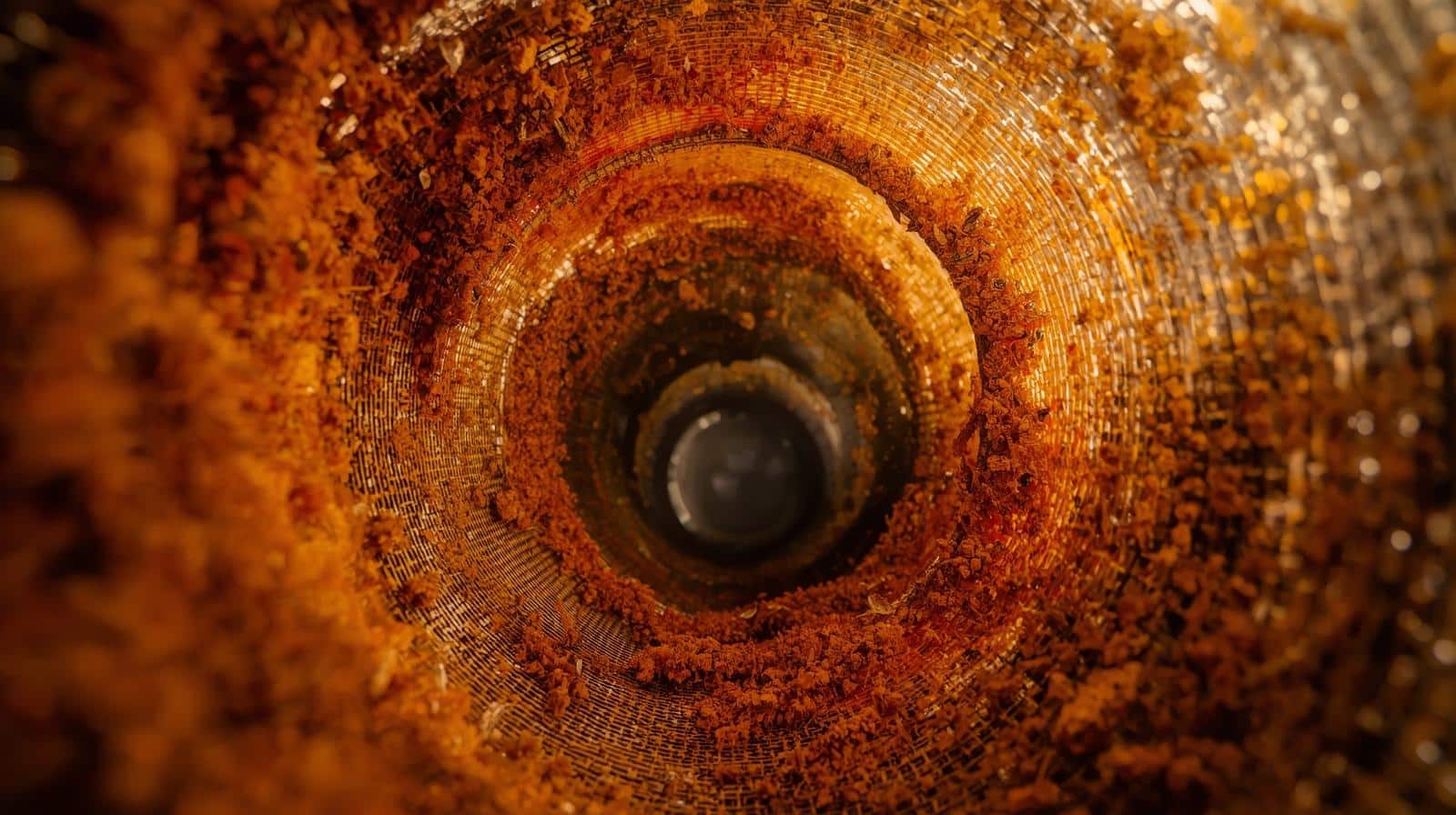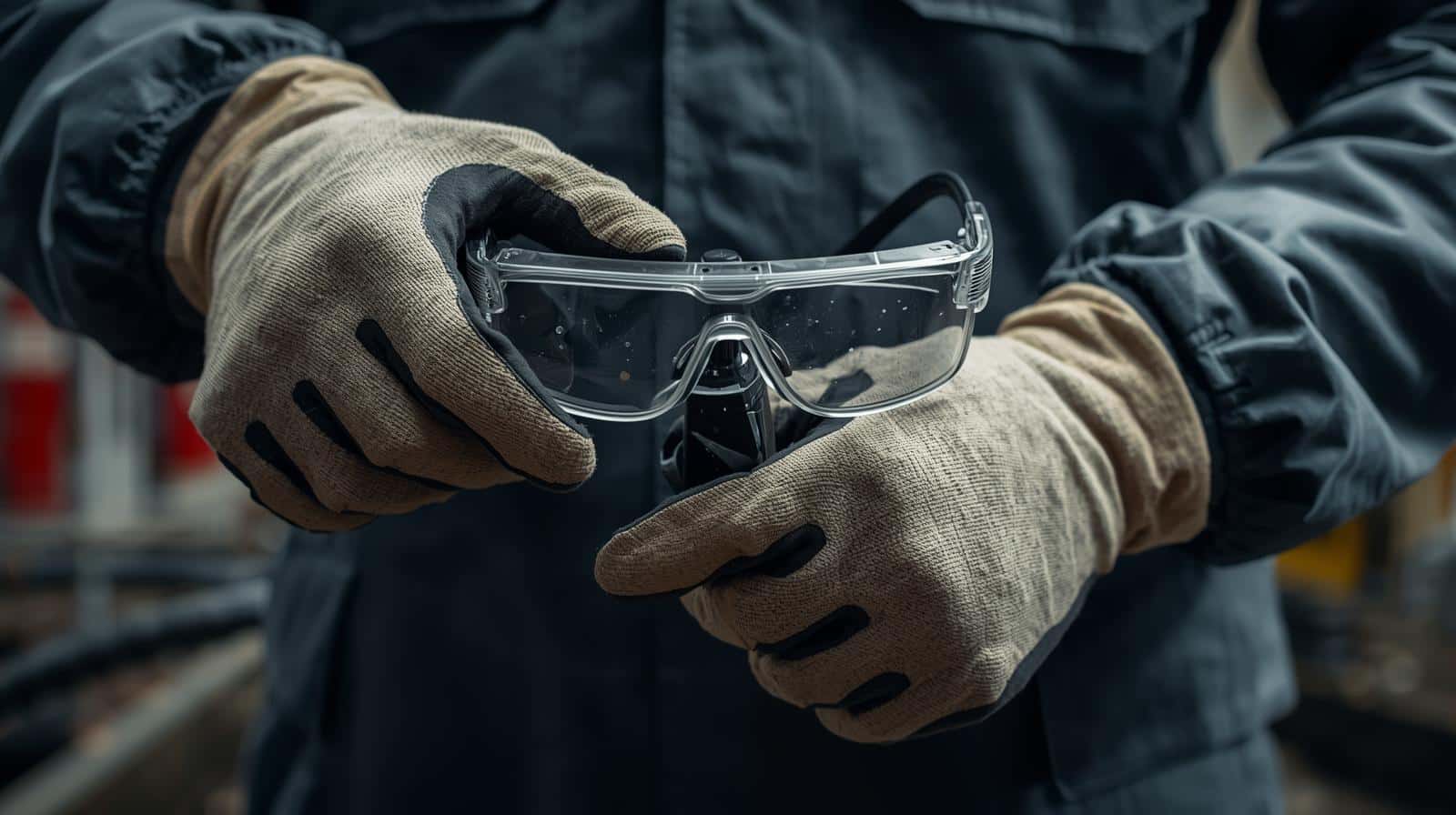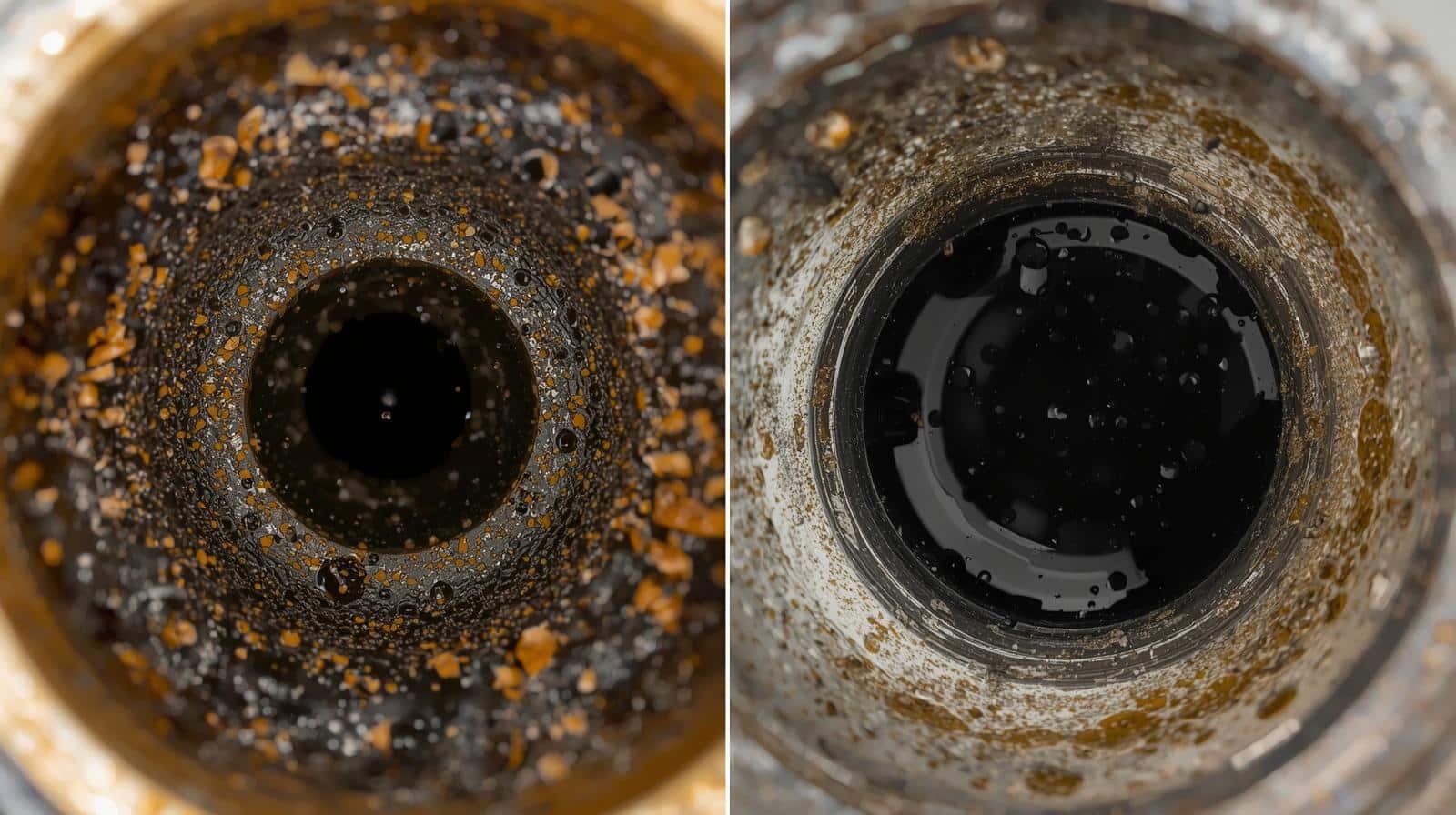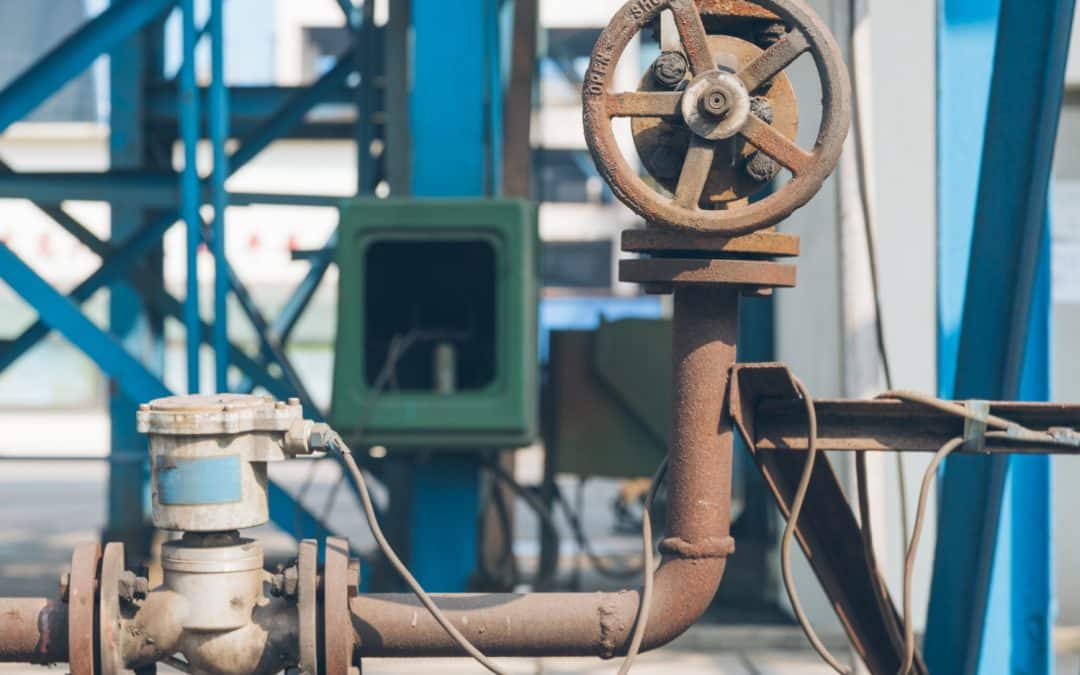Water bore cleaners remove iron bacteria and mineral deposits that reduce bore efficiency, with biodegradable Australian-made products like Clearbore offering safe, effective solutions for restoring optimal water flow.
Iron bacteria and mineral deposits are silent killers of water bore efficiency across Australia. Whether you’re managing agricultural irrigation, council water systems, or residential bore water supply, understanding when and how to use water bore cleaners can save thousands in pump replacement costs whilst ensuring optimal water flow.
What Is a Water Bore Cleaner and How Does It Work?
A water bore cleaner is a specialised chemical solution designed to dissolve iron bacteria, mineral deposits, and biofilm that accumulate in water bores, pumps, and associated pipework. These products work by breaking down the encrustation that forms when dissolved iron interacts with naturally occurring iron-related bacteria in groundwater.
The cleaning process involves circulating the cleaner through the bore system, allowing the active ingredients to dissolve accumulated deposits and restore the bore’s original water flow capacity. Modern bore cleaners are typically based on organic acids rather than harsh mineral acids, making them safer for both users and the environment.
In Australia, iron-related bacteria occur naturally in groundwater and are increasing rapidly due to various environmental factors. When left untreated, these bacteria interact with dissolved iron to form solid encrustations that significantly reduce bore yield and water quality over time.
Signs Your Water Bore Needs Cleaning

Recognising the early warning signs of bore contamination can prevent costly pump failures and water system breakdowns. Key indicators include:
Reduced water flow rates are often the first noticeable sign, with bores producing significantly less water than their original capacity. This reduction typically occurs gradually, making it easy to overlook until the problem becomes severe.
Increased pumping pressure indicates that your pump is working harder to draw water through blocked screens and pipes. Higher pressure readings combined with reduced flow clearly signal bore contamination issues.
Discoloured water ranging from yellow to brown or orange indicates iron contamination. This discolouration often appears first thing in the morning or after periods of non-use when sediment has time to settle.
Metallic taste or unpleasant odours in bore water suggest bacterial contamination. A rotten egg smell particularly indicates sulphur-reducing bacteria, which requires careful treatment consideration.
Visible staining on irrigation equipment, concrete surfaces, or plumbing fixtures shows that iron-contaminated water is causing damage beyond the bore itself.
Types of Water Bore Cleaners Available
Organic Acid-Based Cleaners represent the modern standard for bore cleaning. Products like Clearbore use naturally derived organic acids that effectively dissolve iron deposits whilst remaining biodegradable and environmentally safe.
Mineral Acid Cleaners such as hydrochloric acid-based products offer aggressive cleaning action but pose significant safety risks and environmental concerns. These products require extensive safety equipment and careful disposal procedures.

Liquid Acid-Based Cleaners: Concentrated liquid cleaners work effectively on heavy iron oxide deposits and mineral scale. These products require careful handling and proper disposal procedures but offer rapid dissolution of stubborn encrustations. Professional application is often recommended for safety and effectiveness.
Combination Treatment Systems: Some applications benefit from multi-stage cleaning approaches that combine different cleaner types. This method addresses various contamination types simultaneously and provides comprehensive system restoration.
Specialised Iron Stain Removers: Beyond bore cleaning, products like X-Fe for non-porous surfaces and X-Fe Forte for porous surfaces specifically target iron staining on infrastructure, concrete, and other affected areas around bore installations.
Choosing the Right Water Bore Cleaner
Product Safety Considerations should prioritise non-hazardous formulations that don’t contain toxic petroleum products, glycol ethers, or volatile organic compounds. Australian-made products often meet stricter environmental standards whilst supporting local manufacturing.
Biodegradability Standards ensure environmental protection during disposal. Look for products meeting Australian Standard 4351 for readily biodegradable formulations that break down naturally when exposed to sunlight and air.
Application Suitability varies depending on bore depth, diameter, and contamination severity. Shallow bores may require smaller product quantities, whilst severely contaminated systems need stronger concentrations and longer circulation times.
Cost-Effectiveness Analysis should consider both immediate treatment costs and long-term maintenance benefits. Quality bore cleaners prevent expensive pump replacements whilst maintaining optimal system efficiency.
Safety Considerations When Using Water Bore Cleaners

Water bore cleaning involves potentially hazardous chemicals and procedures that require strict adherence to safety protocols to protect personnel, equipment, and the environment.
Personal Protective Equipment (PPE): Always wear appropriate PPE including chemical-resistant gloves, safety glasses, and protective clothing when handling bore cleaners. Respiratory protection may be required in confined spaces or when working with concentrated products.
Chemical Handling Procedures: Read and understand all safety data sheets before beginning work. Store chemicals in appropriate containers, maintain proper ventilation, and have emergency eyewash and shower facilities readily available. Never mix different cleaning products without manufacturer approval.
Environmental Protection: Contain and properly dispose of all cleaning solutions and contaminated water according to local environmental regulations. Prevent spillage into storm drains, waterways, or sensitive environmental areas.
Equipment Safety: Ensure all electrical connections are properly isolated before introducing cleaning chemicals. Use appropriate materials for chemical contact and verify compatibility with existing bore infrastructure.
Emergency Preparedness: Maintain emergency contact information, first aid supplies, and spill response materials on-site. Develop clear procedures for chemical exposure incidents and ensure all personnel understand emergency protocols.
Step-by-Step Water Bore Cleaning Process
Effective water bore cleaning requires systematic approach that ensures thorough contamination removal while protecting equipment and maintaining safety standards.
Pre-Cleaning Assessment: Begin with comprehensive system evaluation including water testing, flow rate measurement, and visual inspection of accessible components. Document baseline conditions for post-cleaning comparison and identify specific contamination issues requiring attention.
System Preparation: Isolate the bore from distribution systems and ensure proper access for cleaning operations. Install temporary piping for chemical circulation if required and verify all safety equipment is in place and functioning properly.
Chemical Application: Calculate appropriate dosage based on bore volume, contamination level, and manufacturer recommendations. Add cleaning solution gradually while monitoring for proper mixing and distribution throughout the system.
Contact Time Management: Allow sufficient contact time for chemical action, typically 8-24 hours depending on contamination severity and product specifications. Monitor system parameters and maintain proper circulation if required by the cleaning protocol.
Flushing and Disposal: Thoroughly flush the system with clean water until all cleaning residues are removed and water quality returns to acceptable standards. Dispose of contaminated water according to environmental regulations and manufacturer guidelines.

Post-Cleaning Verification: Test water quality, measure flow rates, and inspect system components to verify cleaning effectiveness. Document improvements and establish maintenance schedules to prevent future contamination buildup.
Post-Treatment Testing and Maintenance
Water Quality Verification involves testing treated water before returning to normal use. Allow water to run until clear, then use provided testing solutions to verify all cleaner residue has dissipated. Purple or brown colouration indicates remaining residue requiring additional flushing.
pH Level Monitoring ensures water returns to normal parameters. When pH readings are within 0.5 of original levels, the water is ready for normal use. This testing is particularly important for potable water supplies.
System Performance Assessment includes measuring flow rates and pressure readings to verify cleaning effectiveness. Document improvements for future reference and maintenance planning.
Preventive Maintenance Scheduling should incorporate regular bore cleaning to prevent severe contamination. Most systems benefit from annual cleaning, though heavily contaminated areas may require more frequent treatment.
For workshop applications, Clearbore can clean pumps and irrigation equipment using diluted solutions that remove iron deposits from delicate instruments and components.
Get Professional Water Bore Cleaning Solutions
Don’t let iron bacteria and mineral deposits compromise your water bore efficiency. Whether you’re managing agricultural irrigation, council systems, or residential water supply, professional-grade bore cleaning solutions can restore optimal performance whilst protecting your investment.
Contact our technical team today for dosing advice specific to your bore system, or locate your nearest distributor for immediate product availability. With over 30 years of proven results across Australia, Clearbore products offer the reliable solution your water system needs.
Frequently Asked Questions
How often should I clean my water bore?
Most water bores benefit from annual cleaning to prevent severe iron bacteria buildup. However, bores in areas with high iron content or heavy usage may require cleaning every 6-12 months. Monitor water flow rates and quality to determine optimal cleaning frequency.
Is it safe to use bore cleaner in drinking water systems?
Yes, when using approved products like Clearbore that are rated non-hazardous and biodegradable. Always test water quality after treatment and ensure all product residue has dissipated before resuming normal use. Follow manufacturer guidelines for potable water applications.
How long does the bore cleaning process take?
The complete process typically requires 6-8 hours of circulation time, plus preparation and post-treatment flushing. Plan for a full day to complete the treatment, testing, and system restoration to normal operation.
Can I clean my bore pump without removing it?
Yes, modern bore cleaners can clean pumps in place by circulating the cleaning solution through the system. For workshop cleaning of dismantled equipment, use a stronger concentration in a suitable container.
What should I do if my bore water smells like rotten eggs after treatment?
This indicates sulphur-reducing bacteria in your bore system. Avoid pumping the treatment solution through household plumbing and ensure adequate ventilation during treatment. The odour should dissipate during the flushing process.

